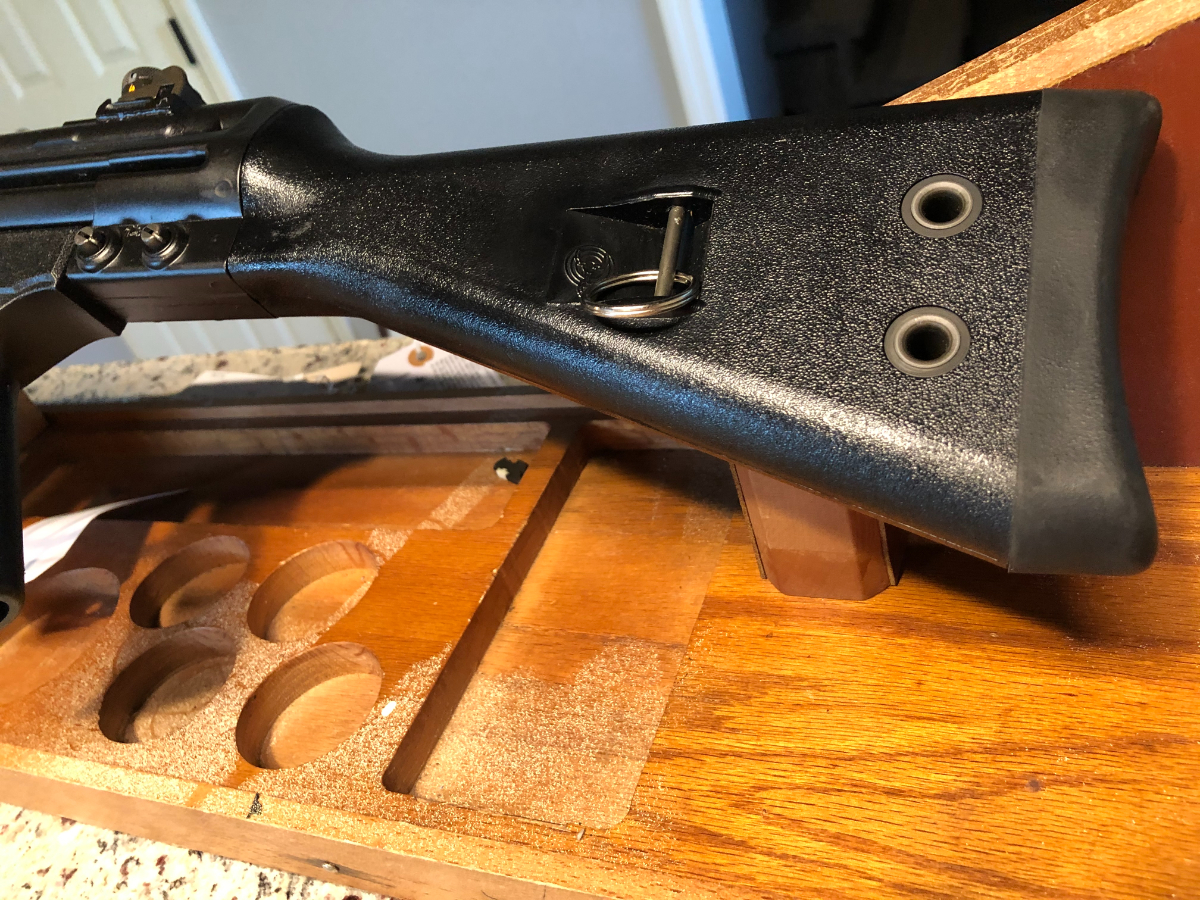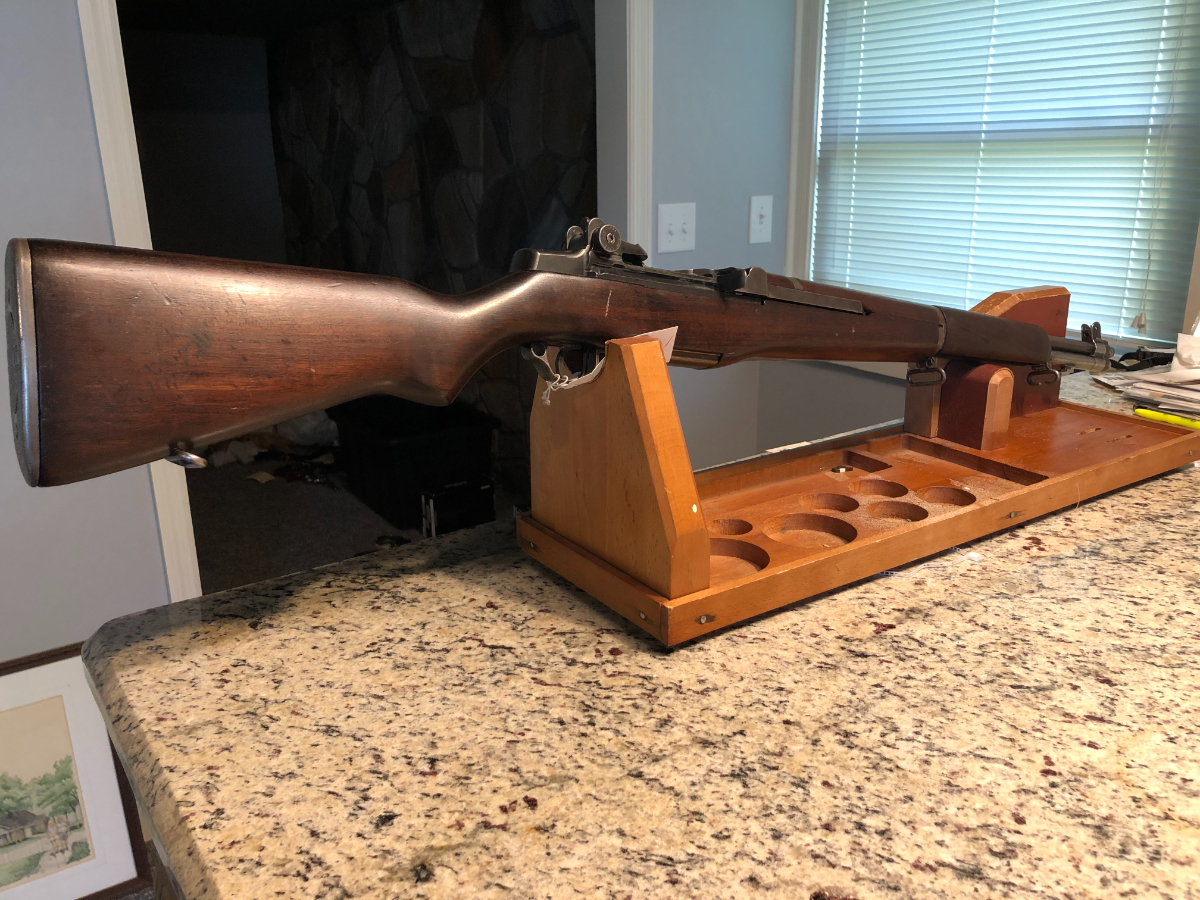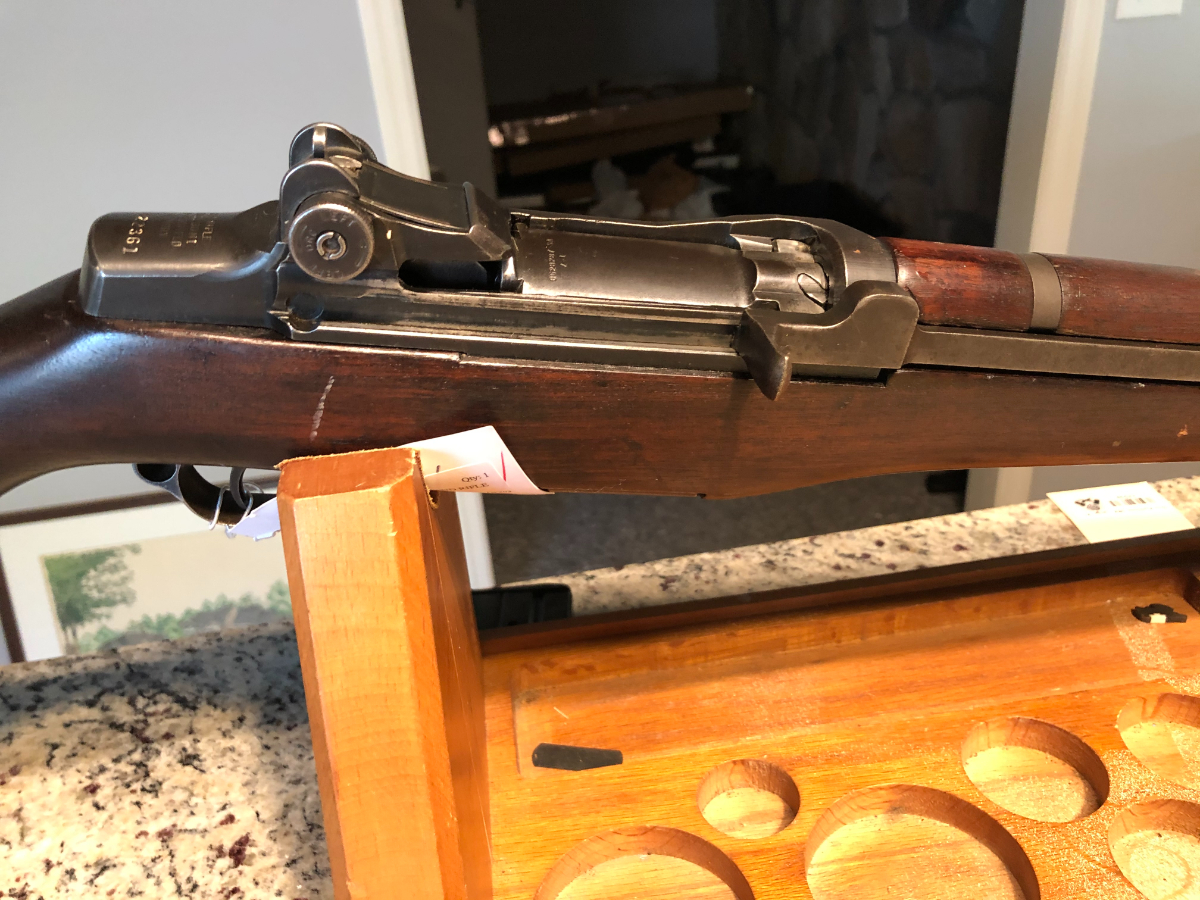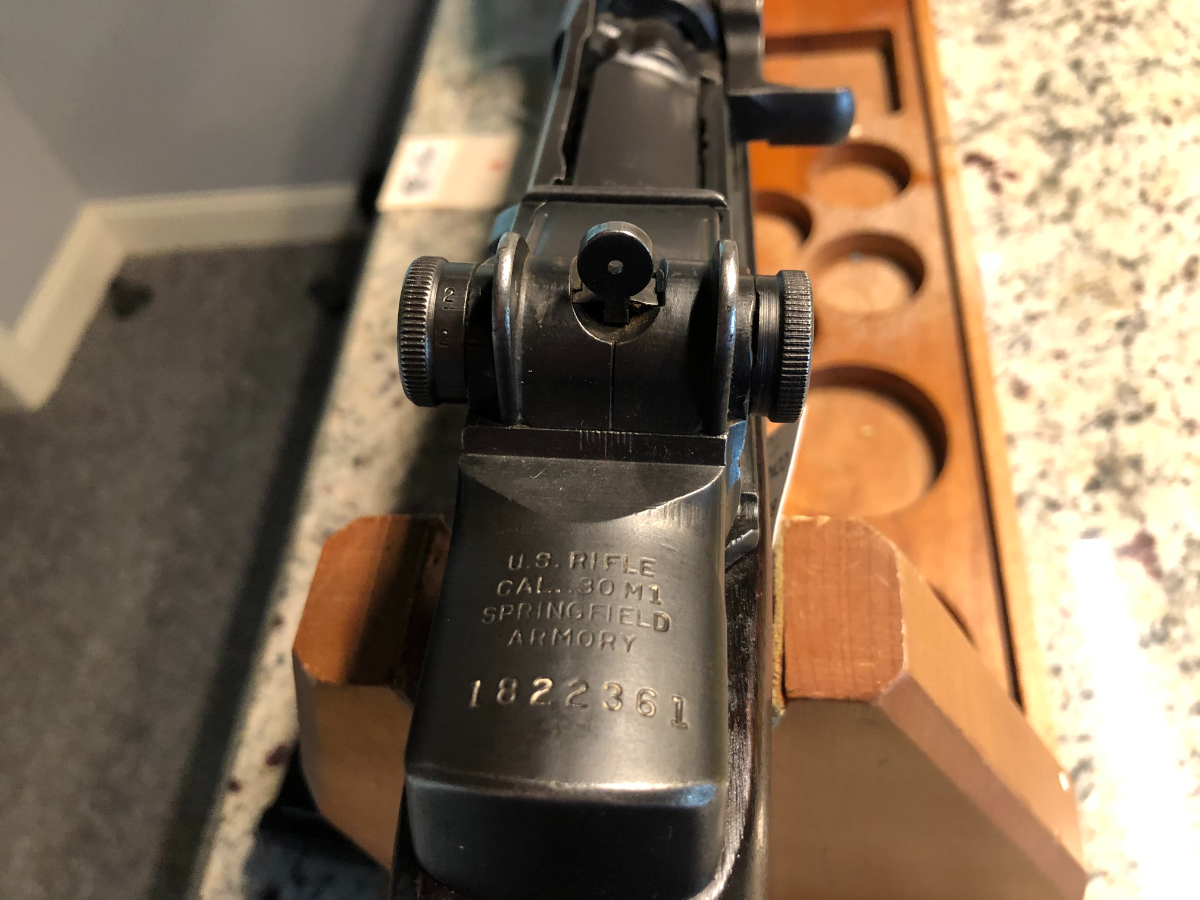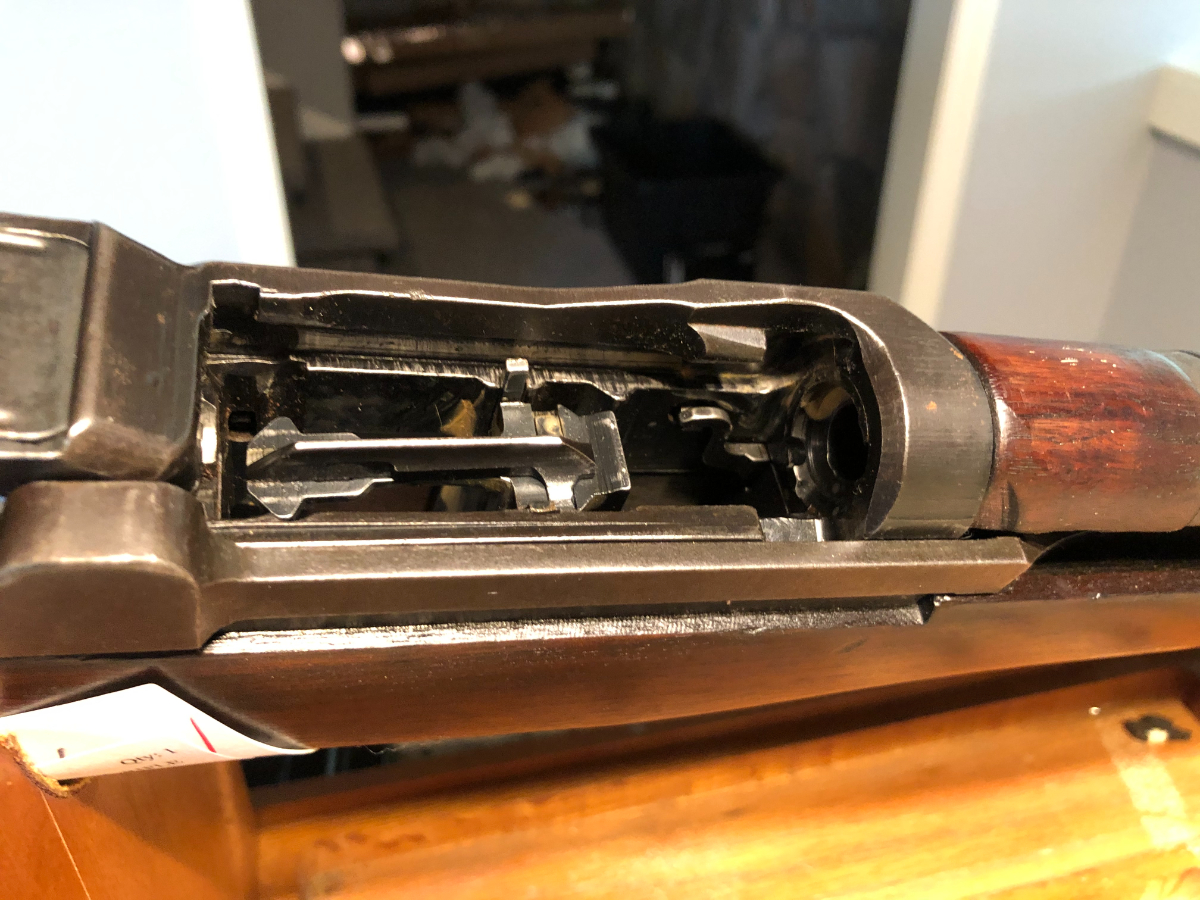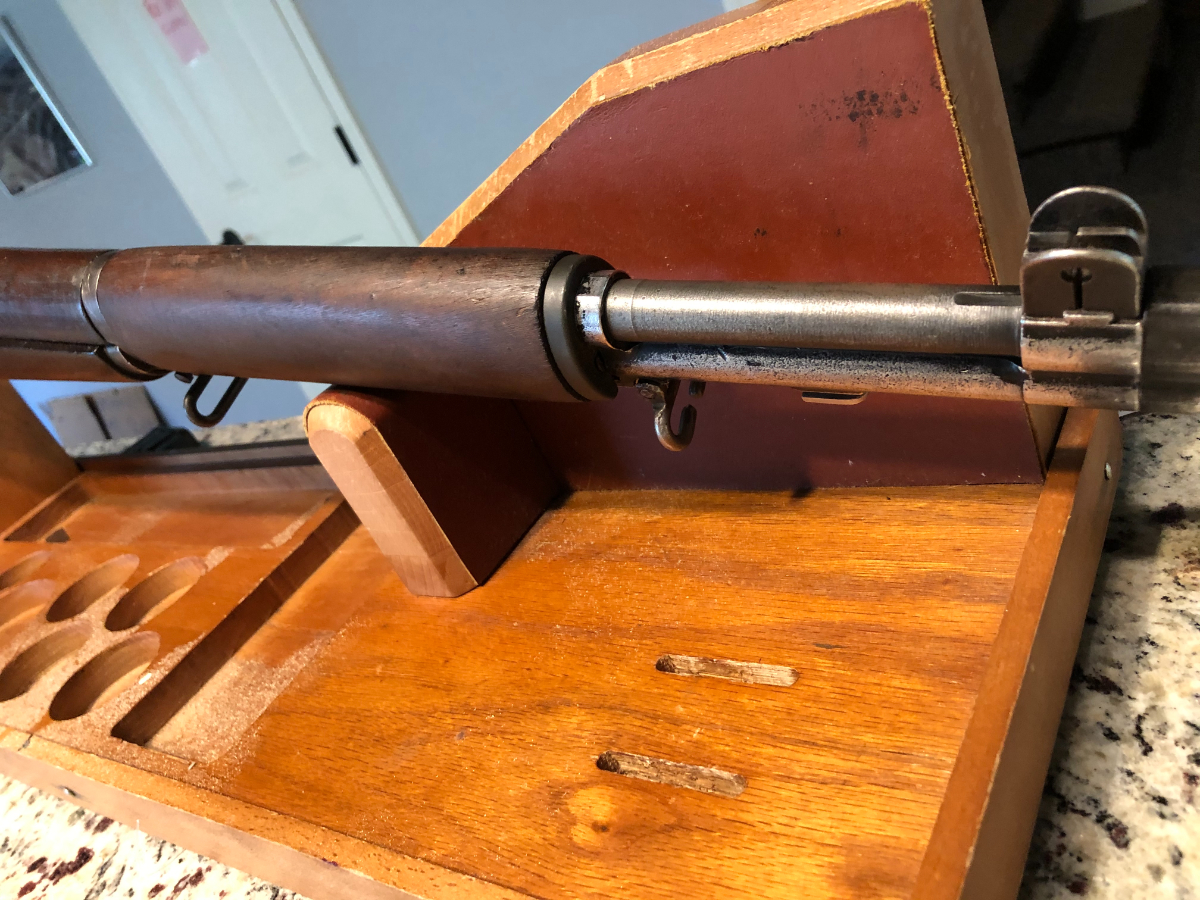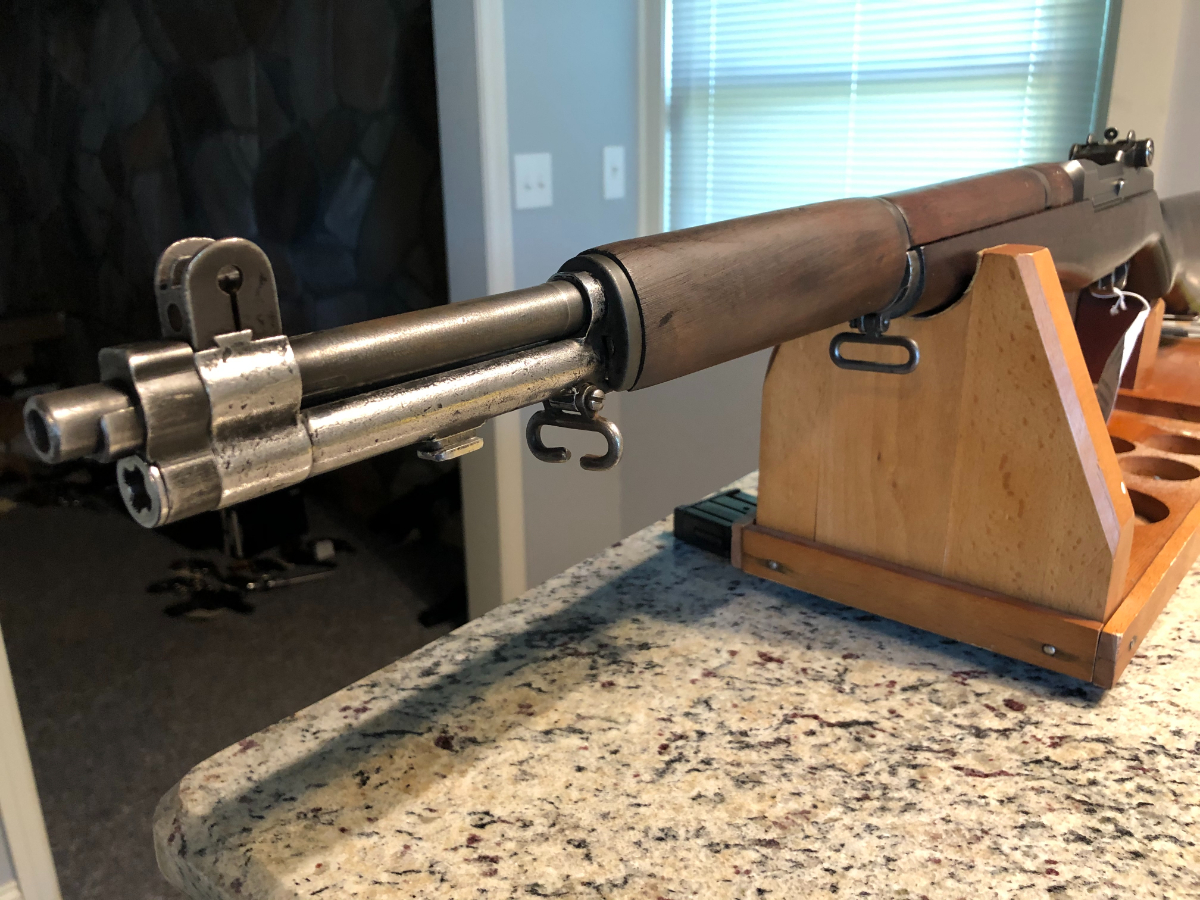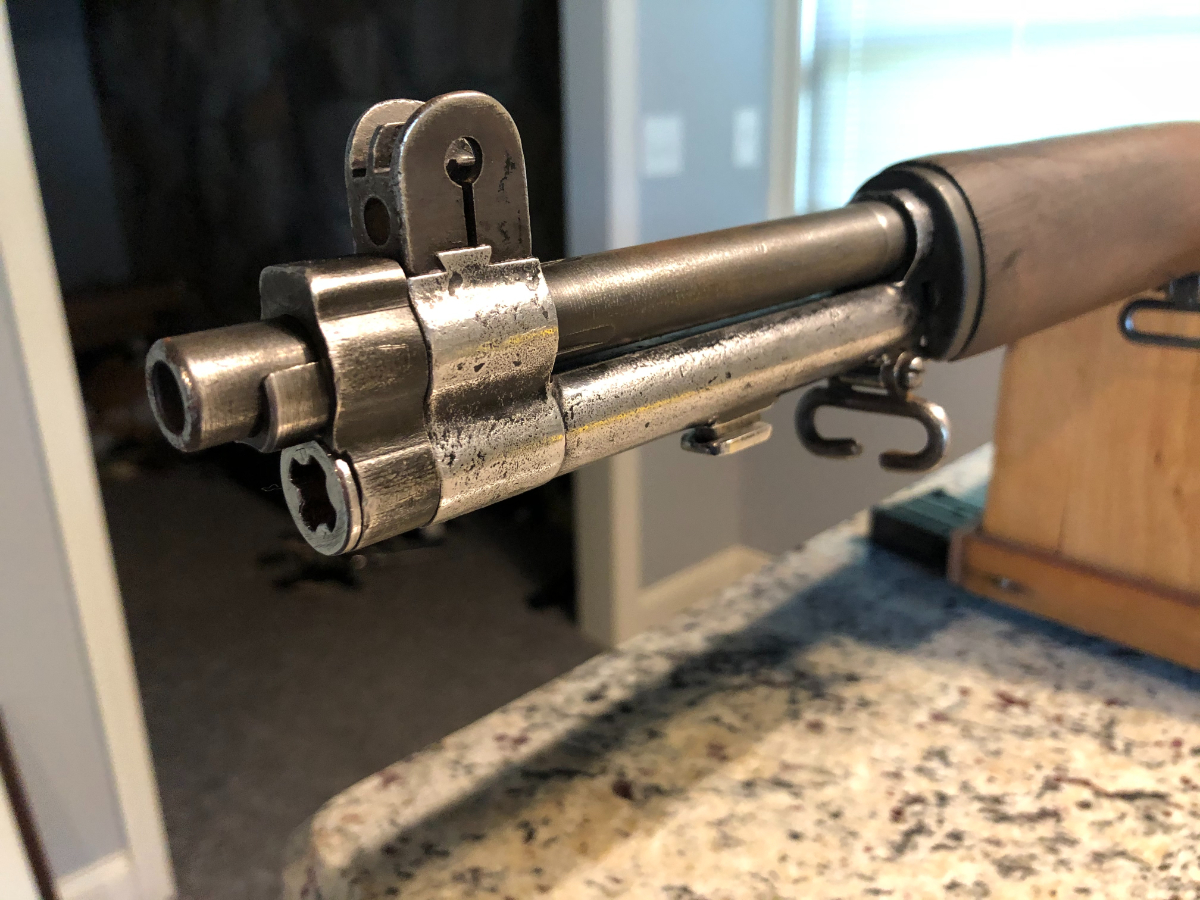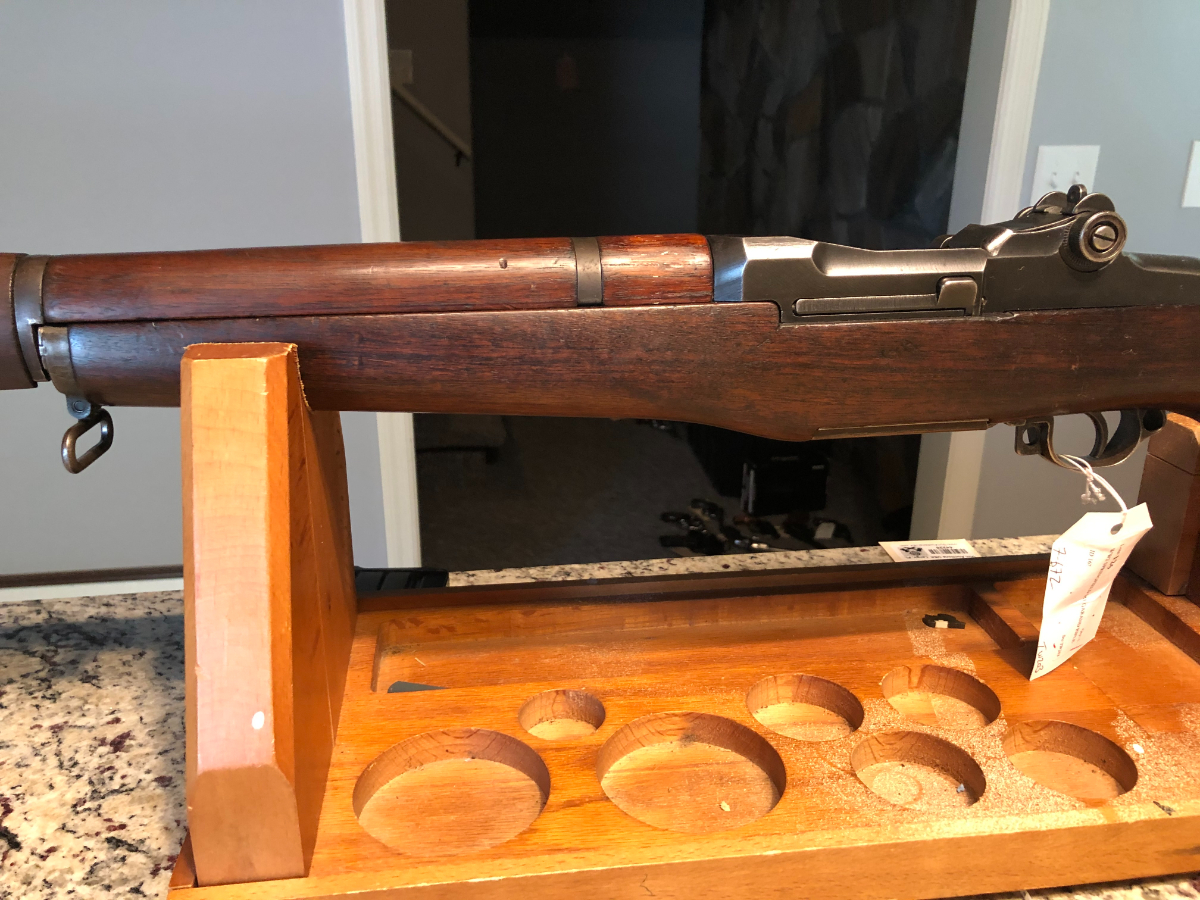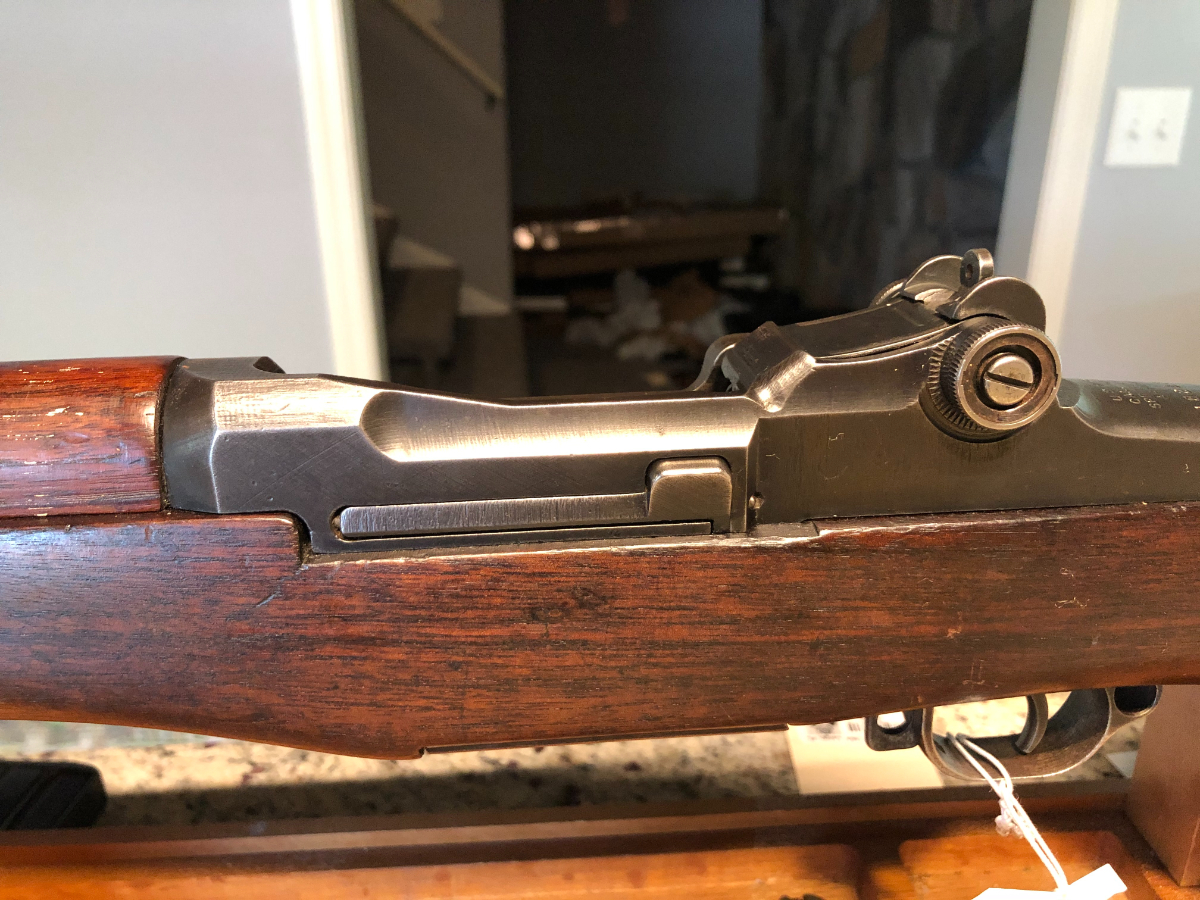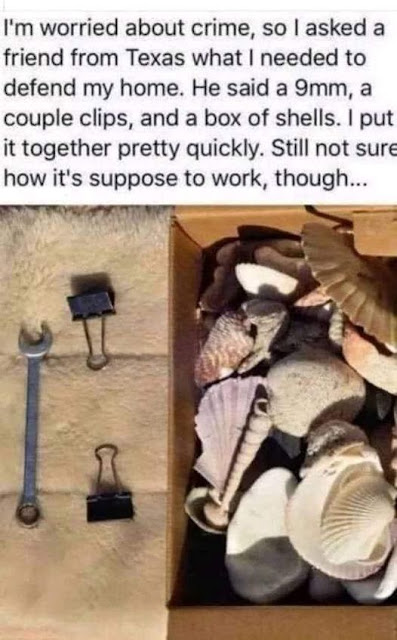
Drilled and tapped for scope mounting, but also fitted with adjustable open sights, and chambered for the most classic of all dangerous-game cartridges—the .375 H&H—this rifle is ready for rough country and perilous encounters. The stainless steel action and barrel are fitted to an ergonomic synthetic stock with checkered grip panels. It has a 3-round magazine capacity and weighs only 6 pounds, 13 ounces, so those long treks on the track of buffalo won’t wear you out.

CZ 550 American Safari Magnum
Built on CZ-USA’s famous 550 Magnum action, this rifle is intended for use with magnified optics, but back-up iron sights are there if needed. The stock has a high, flat comb to better aid eye alignment with both optics and irons, and the round forend won’t snag on brush while stalking. Many professional hunters prefer the 550’s Mauser-style extractor and fixed ejector, and the rifle is available for most of the hard-hitting big bore cartridges synonymous with dangerous game hunting.

Ruger Hawkeye African
Loaded with features like a non-rotating Mauser-style extractor, fixed ejector, three-position safety, hinged floor plate, integral scope mounts, express style open sights, and the Ruger LC6 trigger, this rifle offers a lot for your money. And, to help control the big bang that comes from cartridges like the .375 and .416 Ruger, the muzzle is capped off with the removable Ruger Muzzle Brake System. This rifle looks as attractive as it’s price tag.

Winchester Model 70 Safari Express
Winchester Model 70 Safari Express • Price: $1,350 Winchester
Available in .375 H&H, .416 Remington Magnum, and .458 Winchester Magnum, the Model 70 Safari Express is a fine representation of what many expect in a dangerous game rifle. The satin finished stock has cut checkering, the steel bottom metal is one-piece, and the pre-64 Winchester action is one that is revered by African professional hunters. Modernizations include the M.O.A. Trigger System, with zero take-up, zero creep, and zero over travel for outstanding accuracy.

Ruger No. 1 475 Linebaugh/480 Ruger
Though this may not be the traditional action and cartridge associated with dangerous game hunting, the Ruger No. 1 offers a level of reliability and strength that is unmatched. And, the .475 Linebaugh cartridge will push a 370-grain bullet to almost 1,600 fps. The combination isn’t great for long range shots, but will knock down anything inside spitting distance.

Marlin Custom Shop 1895 Modern Lever Hunter
With three times the ammo capacity of a double rifle and faster follow-up shots than a bolt action, it could be argued that this fine quality .45-70 from the Marlin Custom Shop is ideal for dangerous game. Custom crafted to your color preferences, the action of this Marlin Model 1895 is smoothed to perfection, and all metal surfaces are coated with Cerakote. The XS Sights Lever Rail lets you choose between an aperture sight, a red dot, or a conventional or scout style scope.

CZ Safari Classics Magnum Express Rifle
Available in .375 H&H, .404 Jeffery, .416 Remington, .416 Rigby, .450 Rigby, .458 Winchester Magnum, .458 Lott, and a variety of other dinosaur killing cartridges, this rifle is built to your exact specifications. It features a single set trigger, matte or gloss blue finish, and a #1 Fancy American Walnut stock, with dual cross bolts and a straight comb. A muzzle brake, ebony forend, and a weather resistant coating are options, while the Mauser-style extractor and hammer-forged barrel are standard.

Remington Model 700 Custom C Grade
Don’t let anyone tell you the push-feed Model 700 action is not up to the task when it comes to dangerous game hunting. Not only is it reliable, but you can drop a cartridge in the ejection port and close the bolt for a follow-up shot if you run the rifle dry—something most controlled-round-feed actions cannot do. A gloss finished, C-grade walnut stock, with contrasting grip and forend tips makes this a luxurious safari rifle.

Weatherby Mark V Dangerous Game Rifle
Weatherby is a brand synonymous with the African continent and high-dollar hunts. Their Dangerous Game Rifle offers a sub-MOA accuracy guarantee, the Weatherby LXX trigger, a short 54-degree bolt lift, and the famous Weatherby Magnum 9-lug action. The action is bedded in a hand-laminated, composite stock, with a raised Monte Carlo comb, and is finished with spider web accents. It’s available in six Weatherby chamberings and .375 H&H.

Dakota Arms Model 76 Safari
Gorgeous and deadly might be the best way to describe this bolt-action rifle built for African safaris and dangerous game hunting. Constructed on the famous Dakota Model 76 action, it’s available for right or left hand shooters, with a XXX walnut stock, hand-cut checkering, ebony forend tip and barrel band in a variety of chamberings up to .458 Lott.

Dakota Arms Professional Hunter
The brand new Professional Hunter from Dakota Arms features their respected Model 76 action and a custom fiberglass stock with pillar bedding. Designed for the dangerous game hunter who values ruggedness over beauty, the rifle’s 23-inch Premium Douglas barrel is Cerakoted and a quarter rib fixed sight and hooded fiber optic front sight are standard features. The cartridge options are vast and include the .450 Dakota and .450 Rigby.

Dakota Arms African Big Five
An exquisite firearm by any measure, the Dakota Arms African Rifle is built on a stock made form XXX grade walnut, with a shadow line cheekpiece, and is detailed with hand-cut checkering. It features a straddle floorplate with an inside release and a drop-belly magazine with a four-round capacity. It’s available in a wide assortment of elephant-capable cartridges including the .450 Dakota.

Heym “Express” Magnum Bolt Action Rifle
Elegance abounds with this bolt-action rifle from Heym. It is reminiscent of the best-grade English sporting rifles that were built between the great wars. The actions used are sized perfectly to the cartridge, with cartridge specific magazine boxes. The barrel, along with everything else, is made in house at Heym in Germany. The action features the famous Mauser claw extractor and true controlled feed design. A single stage trigger and 4+1 capacity Oberndorf-style drop-box magazine is standard. Cartridge options include the .375 H&H, .416 Rigby, .404 Jeffery, .458 Lott, and .450 Rigby.

Krieghoff Classic Big Five Double Rifle
Combining the heritage of traditional side-by-side design and the sophistication of modern manufacturing technology, the beautiful Krieghoff Classic Double rifle is available in the most common chamberings for an African safari or dangerous game hunting. It features a manual cocking device that allows carrying while fully loaded with the hammers uncocked. With options that include additional barrels you can more than double the price, as well as your cool factor, while sitting on the back of the Land Rover.

Merkel 470 NE 140-2.1 SXS
Nothing parts the waters of a hunter’s heart like a finely crafted double rifle. The Merkel 470 NE 140-2.1 SXS is elegant, reliable, and responsive. It features a steel action, Greener-style cross bolts, double triggers, manual safety with intercepting sears, automatic ejectors, express sights, and a finely figured wood stock that looks as if it has a life of its own.

Heym Model 88B Double Rifle
For more than 35 years, the Heym 88B has been the company’s flagship dangerous game rifle, and it’s likely the most common double rifle in Africa. Handcrafted for a perfect fit and with a host of customizing options available, holding this rifle can make your knees feel weak. Built with Krupp steel hammer forged barrels and a triple lockup boxlock action, automatic ejectors and dual triggers are standard. This rifle will even handle the .577 Nitro Express.

Rigby London Best Rifle
When you can afford the very best of everything in life, a starting price of more than $32,000 won’t cause you to blink an eye. What might make you order another drink are the options available on the Rigby London Best rifle. Grade 11 wood, H&H quick detach scope mounts, case hardening, engraving, the take-down option, and a custom case later, and you’re on the other side of $72,000. But, you might have the finest bolt-action rifle in the world. If that doesn’t impress the hippo you’re facing, show him the receipt; maybe it will scare him to death.

Rigby Rising Bite Double Rifle
You simply cannot afford this rifle. With its custom fitted Grade 7 Turkish walnut stock, best sidelock ejector with dipped edge lock plates, Rigby ¼ rib and front slight block, and color case hardened action, before you start customizing, you’re in for more than a hundred grand. A few customizations later you have created what might be the most fabulous rifle ever. With a rifle like this, it won’t matter if you ever hunt dangerous game or not—you can just sit by the fire ring and brag about it.

Holland Royal Double Rifle
Holland & Holland’s Royal Double rifle might be the most iconic dangerous game rifle of all time. Built to deal with any four-legged danger while providing the instinctive handling of a finely fitted shotgun, these rifles exude luxury, craftsmanship, and history. Available in flanged, belted or rimless cartridges, from .284 to .700 caliber, this is the rifle professional hunters lust for and filthy rich safari clients dream of. It will cost more than a trophy wife, kill anything that walks, and leave your heirs in a bitter argument over who gets it after you depart this Earth. Built to your every desire, prices are available by request; which means if you have to ask, you don’t have enough money.
